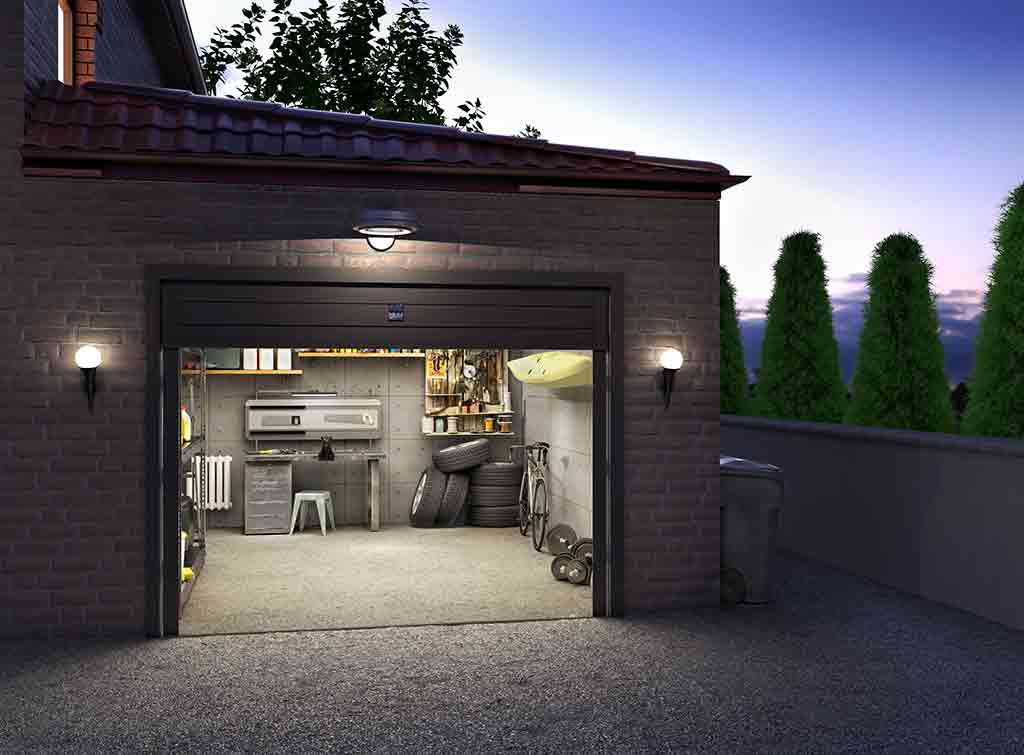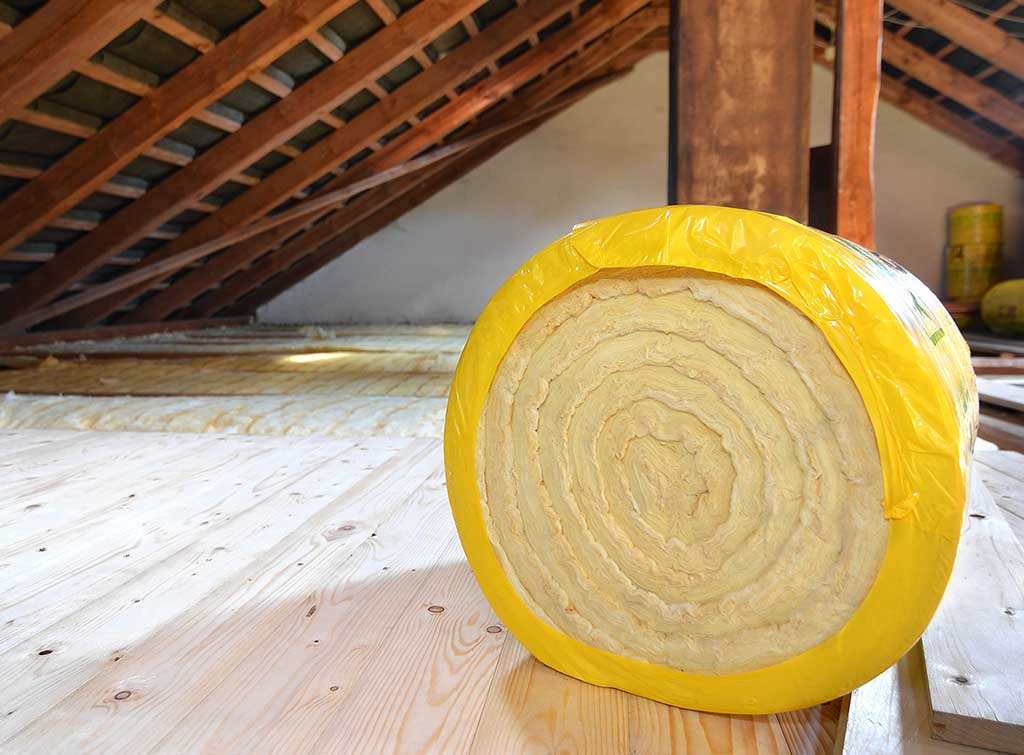Blog>Planning Guides>Planning for first fix electrics
Last updated: 5 August 2024
Planning for first fix electrics
Planning the first fix electrics for your home? Find out the best way to plan the electrics in your home to future proof it for years to come.
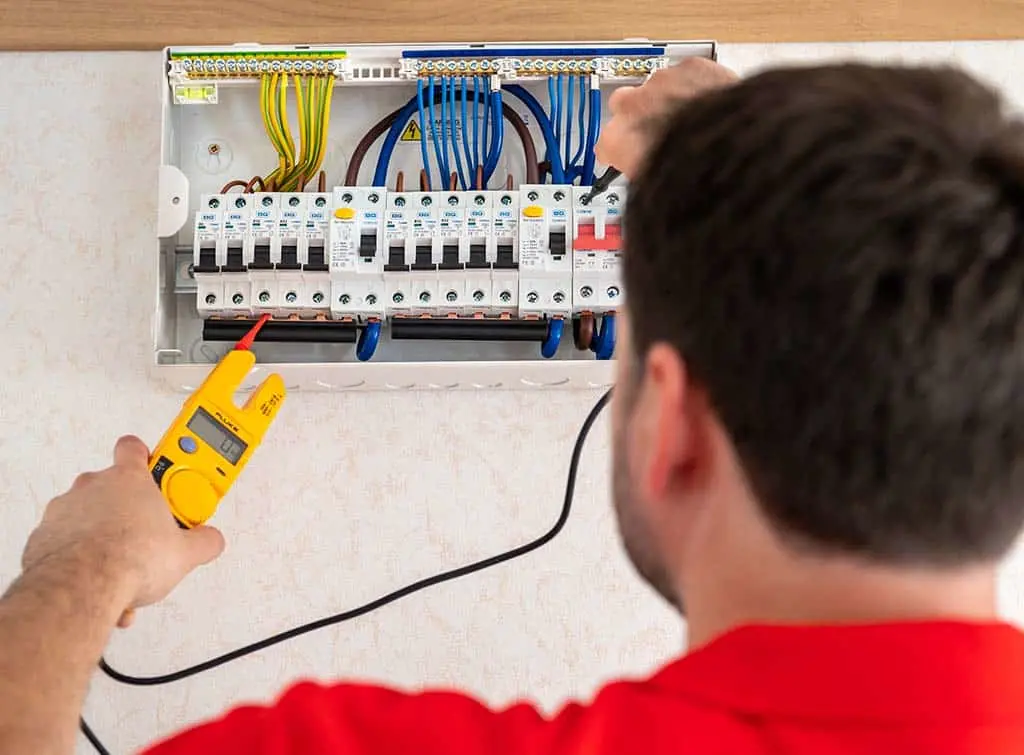
First fix electrics isn't just about a qualified electrician making sure your home complies with safety standards and building regulations. This important stage sets the foundation for how you'll use sockets, switches, and lighting in your home.
If you get the nitty-gritty details right, you'll futureproof your home for years to come.
This comprehensive guide walks you through the process, including tips for creating a first fix plan and budgeting.
But first, let's explore what's involved in first fix electrics.
First fix electrics and wiring – what's involved?
A first fix electrical installation is when a qualified electrician installs the infrastructure for your home's electrics. This typically includes:
Earth bonding to prevent electric shock and ensure you have a safe electrical system in place
Running wiring through your home's walls, floors, and ceilings
Installing back boxes for sockets and switches
Fitting a metal consumer unit
This stage often coincides with other first fix construction, such as plumbing and central heating, so it's all hands on deck at this point.
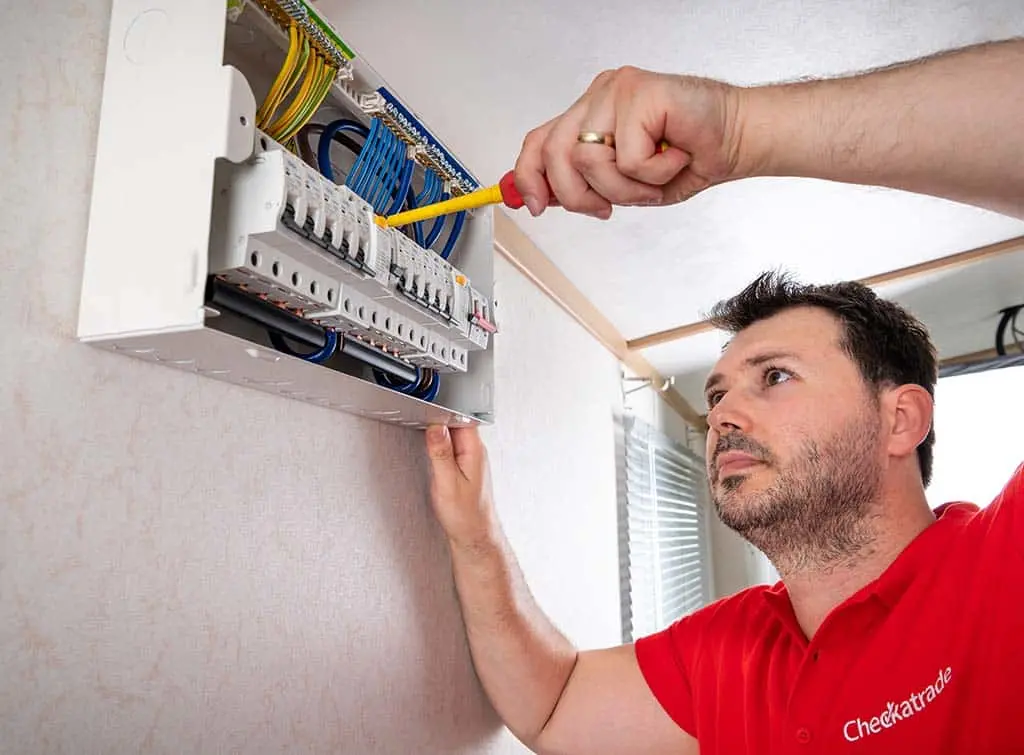
Decisions to make
While a qualified electrician will tackle all the wiring, you'll need to make some key decisions about your power and lighting needs at this stage. This includes deciding if and where to put the following:
Light fixtures
Plug sockets
Underfloor heating
Shaver and electric toothbrush outlets in bathrooms
External garden lighting or security lights with a motion sensor
External electric car chargers
If you forget to factor in any of the above, you'll have to pay for additional electrical fittings later. This is not a complete disaster, but you'll risk ruining your lovely new plasterwork and paintwork completed before the second fix electrics stage and spending more.
Planning for your first fix electrical installation
As mentioned above, this stage is all about meticulous planning.
So, if you're dreaming of hanging feature lighting in a living space or installing a bespoke pantry cupboard to hide all your appliances, here are a few tips to help you plan room-by-room for your first fix electrics.
Kitchen
Place your plug sockets 10-15cm above the kitchen worktop for the optimal position
Add a plug socket 45cm above the floor if you plan to work from a kitchen table with a laptop
Ask your electrician to install a pop-up socket tower into the kitchen countertop. Though pricier than a standard wall socket, it's a good way to conceal the power plug points when not in use
Install plug sockets beneath cabinets or worktops to hide them away
Bedrooms
Make sure to plan for downlighters or reading lights if you want more than just a standard ceiling light
Consider installing at least two plug sockets on each side of your bed – one for lighting and one for charging mobile devices
If you don't want to have the position of your bed set in stone, place two plug sockets on another wall with enough space for the bed in between
Think about the placement of a dressing table or chest of drawers and plan for plug points for a table lamp, hairdryer or other electrical items
Living rooms
A row of double sockets in areas where you expect a higher demand for plug points, such as media walls, is handy
Plan plug points around large furniture like sofas to avoid having to use extension leads
Bathrooms
Don't forget about a plug point for an electric toothbrush or shaver
You'll also need to decide on where to place the extractor fan at this stage
Top tip – Sketch out a room and where you plan to have all your plug sockets, switches, and lighting fixtures. This will help you to brief your electrician.
First fix electrics costs
The cost of your first fix electrics depends on many factors, including:
Size and layout of the property
Number of socket outlets
Whether the home is occupied (electricians work a lot faster in empty properties)
Where you live
However, to give you a general steer, the average hourly rate for an electrician is between£45 - £60.
Top tip – Remember to factor in the time and budget for plastering and painting before the second fix electrics stage
See the tradespeople we've checked and recommend for your job
Rewiring electrics
Not every first fix electrics job starts with a blank canvas. If you've moved home and inherited old or faulty wiring, an electrician will first strip out the old wiring and potentially move the existing meter before starting afresh with the first fix electrics.
In general, the price you’re quoted for rewiring electrics will include:
Removal of old fittings and wiring
New wiring throughout the property
Installation of a new metal consumer unit
Rewiring a house cost
When hiring an electrician, we recommend asking for a clear description of what is included in the house rewiring prices they quote. That way, there are no costly surprises later.
However, to give you a general steer, the estimated rewiring prices for a one-bedroom flat range between £3,000 - £4,800, and the process takes around 4-7 days.
The average cost to rewire a 3-bedroom house is around £4,450 - £8,000. Depending on the size and layout of the property, the work should take 6-10 days.
Take a look at our rewiring cost guide for more information.
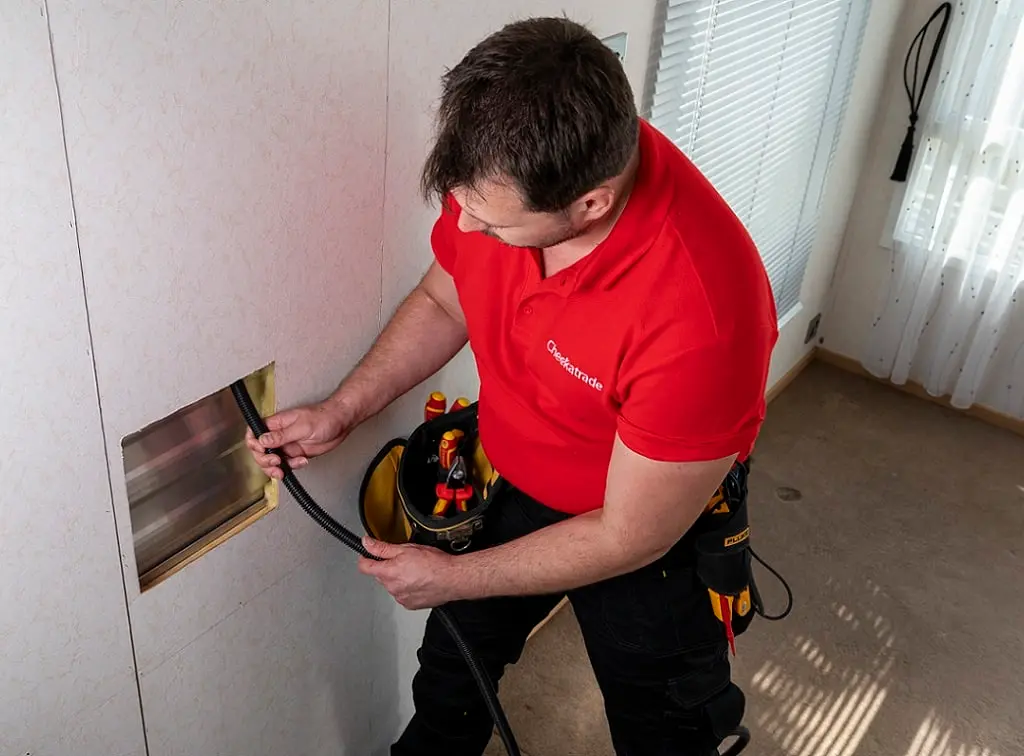
Rewiring building regulations
In the UK, rewiring must comply with several building regulations and standards to ensure safety and functionality. This includes Part P of the Building Regulations, specifically concerning electrical safety.
Qualified electricians will be up to speed on all of this. But for added peace of mind, once your rewiring is complete, your electrician should issue you with an Electrical Installation Certificate (EIC) and a Building Regulations Compliance Certificate.
How to hire a qualified electrician
Ready to take on the first fix electrics with the help of a qualified electrician? Follow these four simple steps to make your search easier:
Use a professional directory
Search with a professional directory (like Checkatrade!)
We're so confident in the quality of the trades on Checkatrade that if you book through us, we guarantee their work up to £1,000. Guaranteed for 12 months – Eligibility criteria and T&Cs apply.
We also make sure all our Checkatrade members have up-to-date public liability insurance for your added peace of mind.
Contact or pay a trade through Checkatrade and you’re covered by our 12-month guarantee of up to £1,000*

Read online reviews
Check what other homeowners say about an electrician before hiring them.
We check the reviews on Checkatrade are from real people, and that trades meet our high standards.

On Checkatrade, you'll only find trades who meet our high standards and pass up to 12 checks.
Compare quotes
We always recommend getting at least three quotes from reputable tradespeople to compare.
Check for accreditations
Always hire a qualified electrician with the appropriate accreditations. They should also be registered with a Competent Person Scheme, which means they will have been assessed to ensure the quality of their work.
Ready to find a qualified electrician near you? Simply add your postcode to the box below.
See the tradespeople we've checked and recommend for your job
Frequently asked questions
When to do the first fix electrics?
A qualified electrician works on your first fix electrics before plastering and painting takes place.
What is the first fix plan?
A first fix plan combines all the work needed to take a building from the foundation to plastering the internal walls. Alongside electrics, your first fix plan will include plumbing and central heating.
How much does a first fix cost in the UK?
The cost of your first fix electrics will depend on many factors, including the size of your home and the number of socket outlets. However, to give you a general steer, the average hourly rate for an electrician is between£45 - £60.
What's the difference between 1st fix and 2nd fix electrics
Put simply, the first fix involves a qualified electrician fitting the internal wiring behind the walls and ceilings (which you won't see) to power your home. Meanwhile, the second fix involves the finishing touches (plug sockets and switches).
Do you plaster before electrics?
Plaster once the first fix electrics is completed for a neat, professional finish. Meanwhile, your second fix electrics are the finishing touch once plastering and painting are complete.
See the tradespeople we've checked and recommend for your job
See the tradespeople we've checked and recommend for your job

